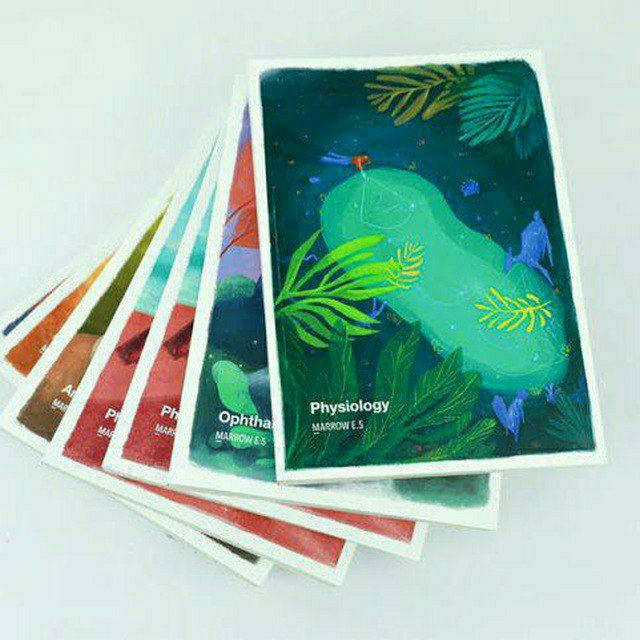This patient with bradycardia, miosis, diaphoresis, excessive secretions (eg, bronchonhea, tearing), and weakness with fasciculations has signs of cholinergic toxicity. Most cases of cholinergic toxicity are due to organophosphate pesticides. However, the occurrence in multiple patients in a city setting suggests intentional organophosphate exposure, possibly due to a chemical weapon (eg, sarin, soman).
Organophosphates inhibit acetylcholinesterase in the muscarinic and nicotinic cholinergic synapses, leading to decreased acetylcholine degradation and overstimulation of the corresponding receptors. In addition to widespread increased visceral smooth muscle tone and glandular secretions due to muscarinic hyperactivity (mnemonic: DUMBELLS), nicotinic hyperactivity causes muscle weakness and paralysis that can lead to rapid respiratory depression and death.
Initial management of organophosphate toxicity includes atropine, a competitive inhibitor of acetylcholine at the muscarinic receptor, which relieves muscarinic hyperstimulation. However, atropine does not have activity at the nicotinic receptors and cannot treat neuromuscular dysfunction. Therefore, pralidoxime, a cholinesterase- reactivating agent that works at both nicotinic and muscarinic sites, should be administered to any patient with neuromuscular dysfunction (eg, weakness, fasciculations). It should be given only after atropine because
pralidoxime can cause transient acetylcholinesterase inhibition, which can momentarily worsen symptoms
(Choice A) Diphenhydramine is an inverse agonist of the histamine H1 receptor, which allows it to function as an antihistamine. Because the H1 receptor is similar to the muscannic receptor, diphenhydramine has some antimuscarinic effects (eg, urinary retention). However, it is less potent than atropine, and it would not reverse nicotinic dysfunction (weakness).
(Choice B) Hemodialysis is sometimes used to treat toxic alcohol poisoning, which usually presents with altered mental status, as well as vision changes (methanol) or flank pain and hematuria (ethylene glycol) It is not Indicated in cholinergic toxicity
Choice C) Hyperbaric oxygen is used to treat severe carbon monoxide poisoning, which presents with nausea, dizziness, and altered mental status. Patients typically have cherry-red cheeks and lips.
(Choice D) Physostigmine is an acetylcholinesterase inhibitor that is sometimes used to treat anticholinergic toxicity (le, flushing, mydriasis, anhidrosis, fever, urinary retention). It would worsen this patient's symptoms.
Educational objective:
Organophosphates inhibit acetylcholinesterase, leading to symptoms of muscarinic (mnemonic: DUMBELLS) and nicotinic (neuromuscular dysfunction) cholinergic hyperstimulation. Management includes atropine, a competitive inhibitor of acetylcholine at the muscarinic receptor (reverses muscarinic symptoms), followed by pralidoxime, a cholinesterase-reactivating agent that treats both nicotinic and muscarinic symptoms

